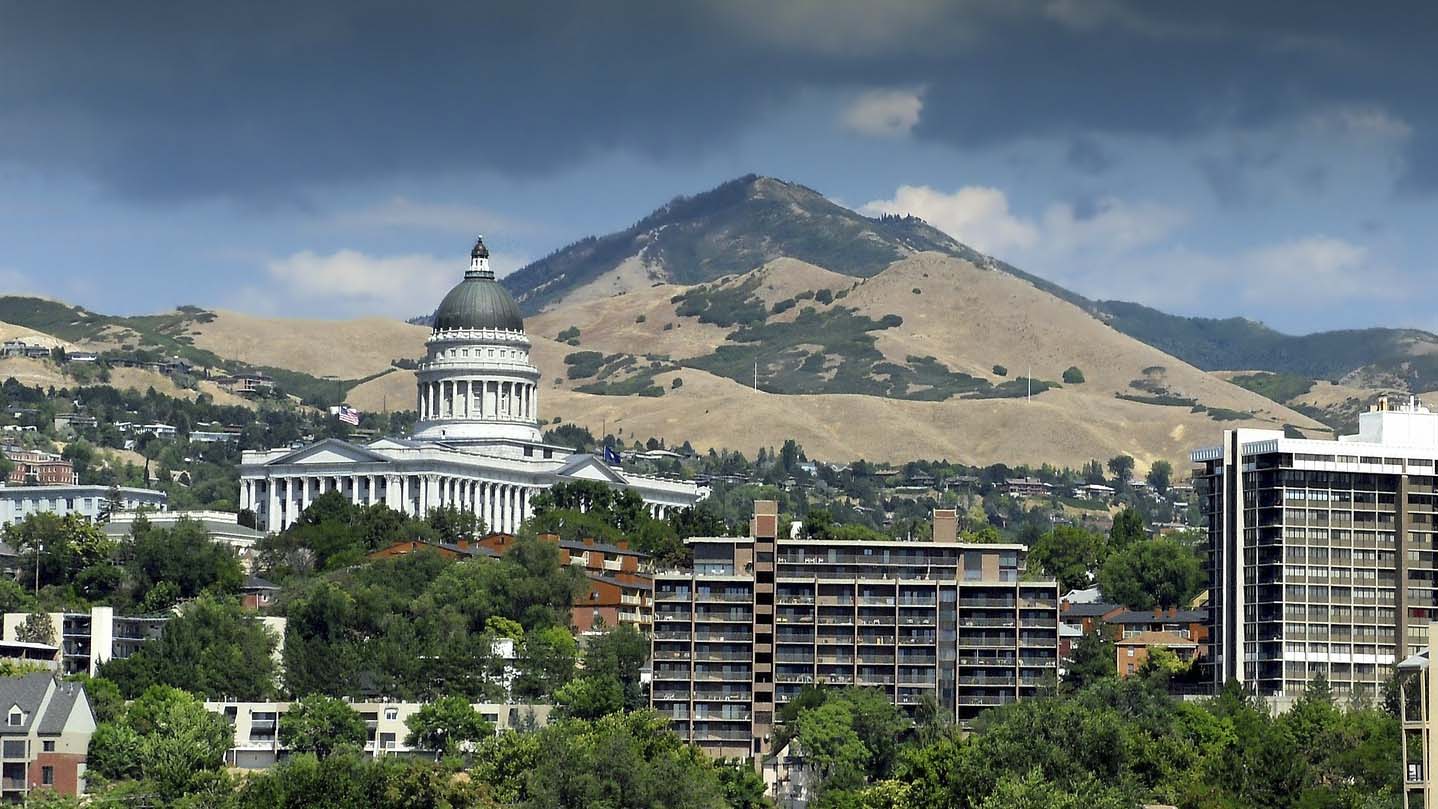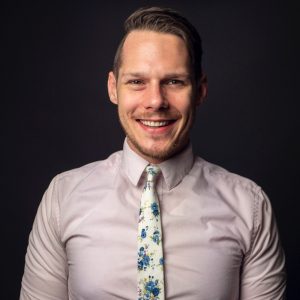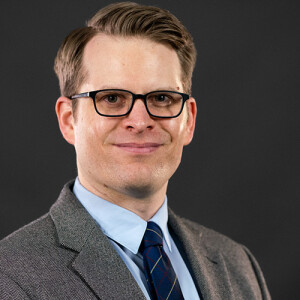Salt Lake Valley is surrounded by mountains—the Oquirrh Mountains to the west, the Traverse Range to the south and the Wasatch Range to the east. The valley is 500 square miles and contains more than one million people, many of whom reside in Salt Lake City and its suburban sprawl.
Brigham Young and his followers traversed the challenging terrain and settled in the valley in 1847. Since then, Mormonism has been as predominant as the nearby peaks in defining the region. In 2014, the Pew Research Center found 55% of adults in Utah identify as Mormon, while Evangelical, Mainline and Catholic Christians accounted for 18% combined.1
The Coronavirus pandemic could have further complicated reaching Mormons with the gospel. Instead, Gateway student Tim Peery has found the opposite true. “This is our generation’s Acts 1:8 moment,” Peery said.
“God has told us to go, but we sat here in our churches and said, ‘Come.’ The ability to reach the masses through social media has been around for several years but we haven’t been doing it,” he said.
“God used persecution back then. He’s using a pandemic now, but the message is still the same. Go.”

Peery is senior pastor of Alta Canyon Baptist Church in Sandy, Utah, 15 miles south of Salt Lake City. Alta Canyon is not a large church. Before the pandemic, they averaged 60-70 in attendance each Sunday—up from five members when Peery was called to the church in 2011. Peery was serving as a bi-vocational minister in Boise, Idaho, before relocating to the Salt Lake area. He owned a mortgage company, but was forced to close it after a few tough years following the 2008 financial crisis. In the moments before he shared the bad news with his wife, Peery received a call from a member of Alta Canyon.
“The last place I was looking to pastor full-time was in Salt Lake City and I went from never thinking about it to all of a sudden getting a call from a gentleman who said we want you to come and preach in view of a call.”
“I had been trying to get out of the mortgage business anyway and into full-time ministry,” he said. “It was clearly a God thing.” Two weeks after receiving the phone call, Peery was preaching his first sermon at Alta Canyon.
In March 2020, Peery transitioned the church to remote services to prevent members from being exposed to COVID-19. Their first service earned 57 views on Facebook Live.
“The second week we had 120. The next week, we ended up with, I want to say it was 288. And then the following week was Palm Sunday and on Palm Sunday, it was a fiasco,” Peery said.
Producing weekly services was a family activity at Alta Canyon. After a potential Coronavirus exposure in the sanctuary, Peery quarantined the premises. Only his wife and two sons were able to assist in person for a few weeks. Through YouTube tutorials, assistance from fellow Gateway students, and some guidance and lent equipment from another nearby church, the quality of Alta Canyon’s digital services continued to improve. Still, Palm Sunday was beset with technical glitches and a tumbling tripod. Peery thought it would discourage people from watching the next week.
Instead, the church logged around 1500 views on Easter Sunday. More than 85% of the views came from the Salt Lake area Peery said.
“How many of those are LDS people who can now stick their head into a Southern Baptist Church… and hear the gospel?” he said. It is a significant question. Peery said Mormons risk much by physically walking into an Evangelical church. They could lose family relationships, income and housing. “These people have questions and they can’t be seen coming in [a church],” he said.
They have to know “what [they are] taking on is better than what [they are] giving up,” Peery said. “Now they get an opportunity to come and nobody knows who they are.”
The anonymity of a digital service allows Mormons the opportunity to hear the gospel apart from preventative social and cultural mores. It gives space for seeds of faith to sprout in rocky ground.
“This is our opportunity to go and share the gospel like these people have never heard it before—no strings attached. That’s the beauty of it,” he said.
The pandemic opened up new channels for gospel engagement at Alta Canyon. It is a positive change; one that Peery is fully committed to.
“I told our church we are never going back. We will be live on Facebook every Sunday, forever.”
1. https://www.pewforum.org/religious-landscape-study/state/utah/
Read More

“Faith is a tree known by its fruits”: The Gisle Johnson Project
The Gisle Johnson Project is a new research endeavor spearheaded by Robb Torseth
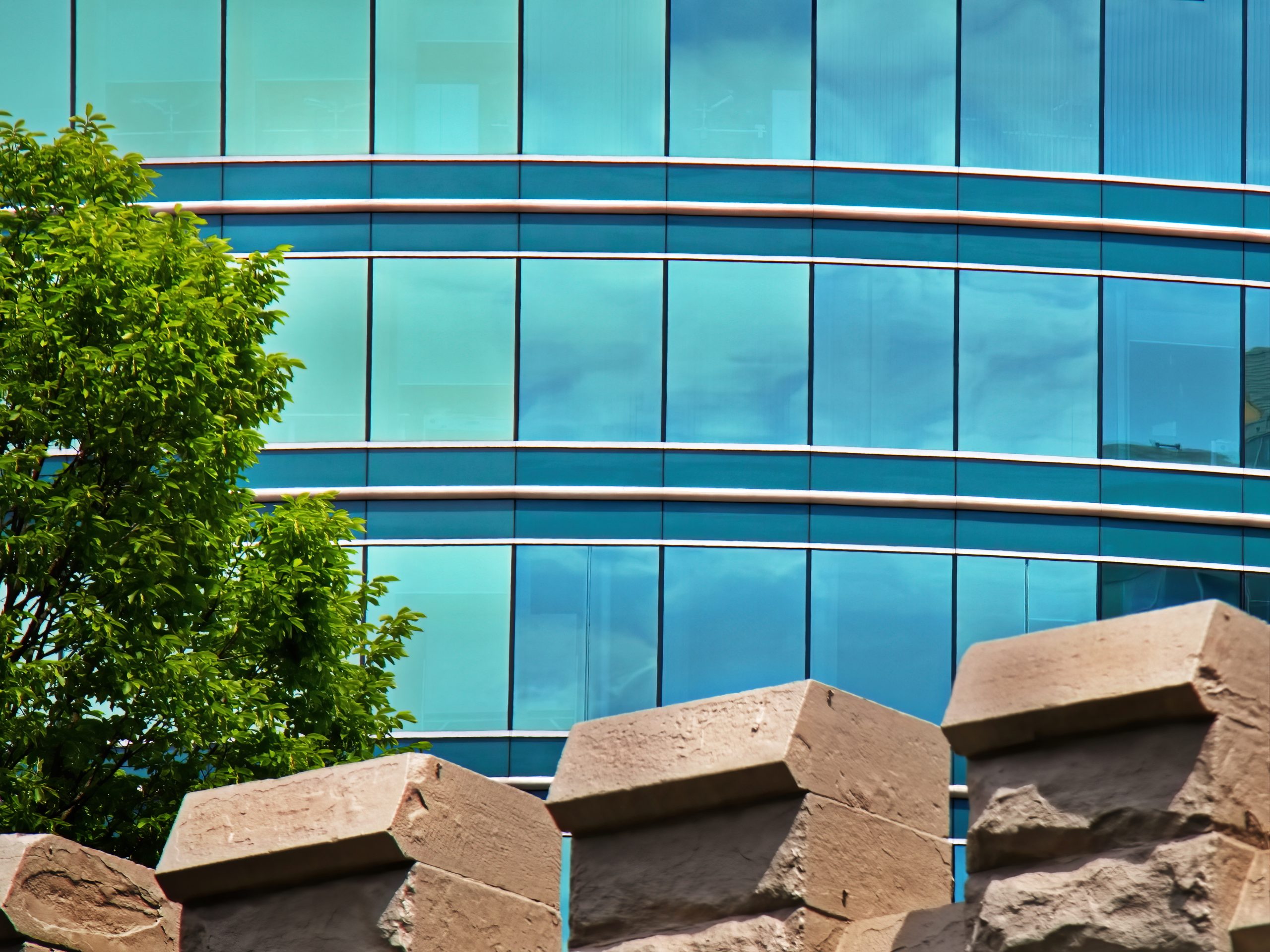
Excerpt — Towards a Clearer Understanding of Jonathan Edwards’s Biblical Typology: A Case Study in the ‘Blank Bible’
Dr. Cameron Schweitzer provides new insights into Jonathan Edwards’s often mischaracterized typology.
Listen
Wisdom Books | Ecclesiastes
A common misconception about the book of Ecclesiastes is that it is very pessimistic. In actual fact, there is great comfort throughout the book that while life without God is meaningless, there is great satisfaction found when we cling to the Lord, and only to Him.
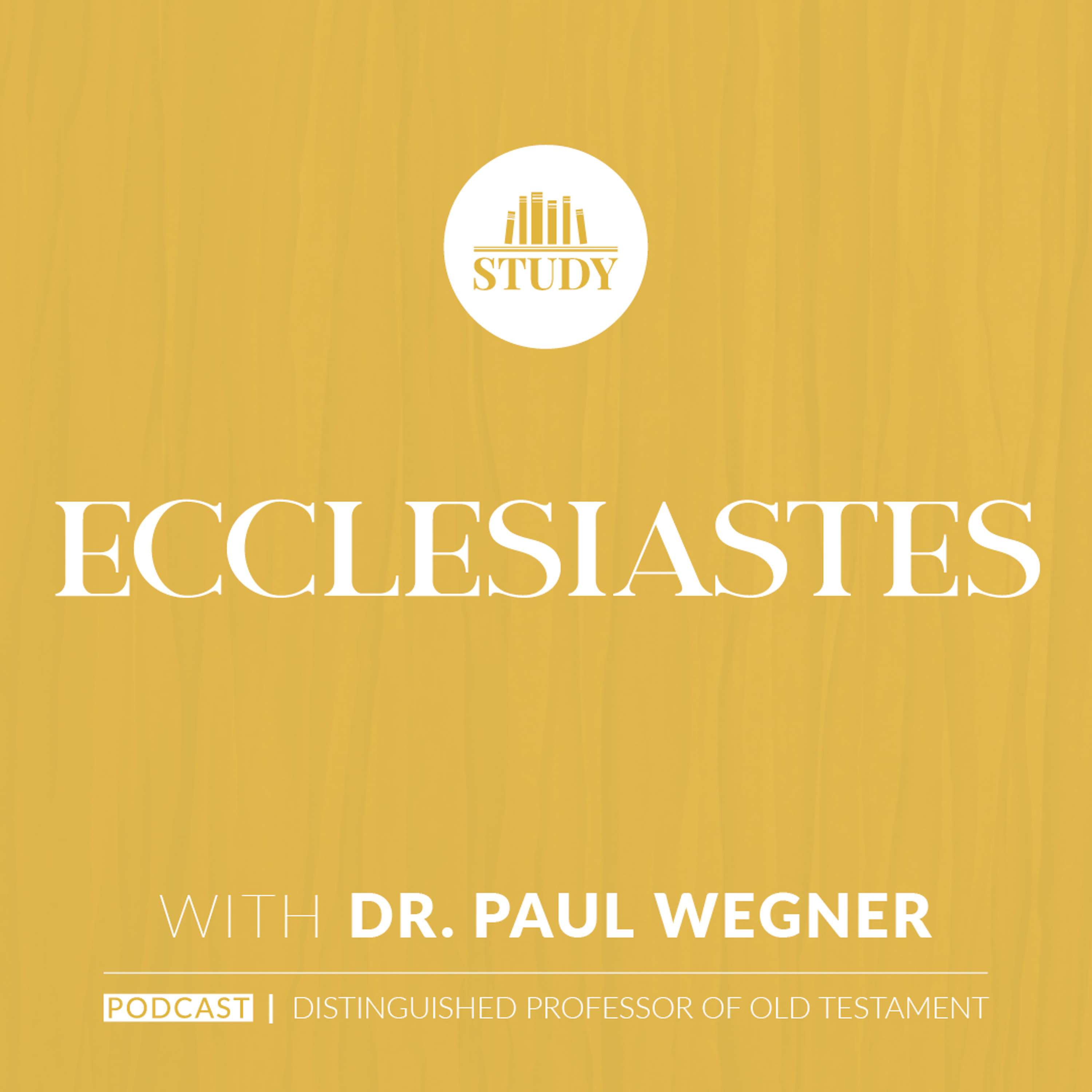
Ministering in Finland
Mikko Sivonen, Academic Dean of the Agricola Theological Seminary in Finland, joins Dr. Hopkins to discuss working as a missionary in a place where people are predominantly a different denomination than you. You can learn more about Mikko’s work here www.agricolasemin


